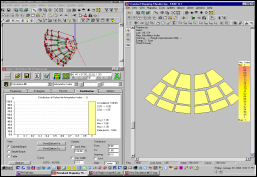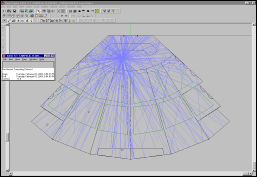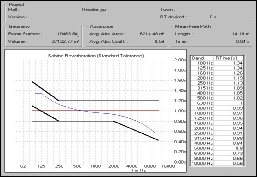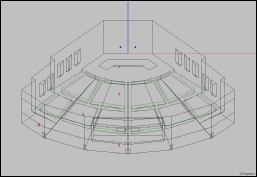Worship Spaces
The acoustics of worship spaces are commonly expected to accommodate both speech and music. Since the ability to achieve good speech intelligibility is important in nearly every type of worship space, the acoustical design of these spaces is often dependent on the style of music that is performed. Services that feature traditional music consisting of unamplified voices, piano, and organ are enhanced by long to moderately long reverberation times. Services that incorporate electronically amplified contemporary instruments and amplified vocals may function better in a worship space that is not overly reverberant, to allow sound reinforcement system operators to provide certain characteristics in the mixed sound.
The acoustics of worship spaces are largely characterized by the reverberation times.of the room. The reverberation times are directly proportional to the the room volume, and inversely proportional to the amount of acoustic absorption in the space. Sound absorption in a worship space is mainly provided by the audience, pew cushions, carpet, and other furnishings, and by acoustic surface treatments applied to discreet surfaces to regulate reverberation and minimize echoes. The large majority of room surfaces are commonly designed to be acoustically reflective to establish the desired degree of reverberation, using plaster, plasterboard, masonry, wood, and concrete.
In larger churches and cathedrals, which may exhibit very long reverberation times
suitable to choir and organ music, it can be difficult to achieve the necessary degree
of speech intelligibility that is not impaired by reverberant sound build-
We consult with worship groups and their architects to establish overall acoustical goals needed to select room layouts and volumes, surface shapes and finishes, and room furnishings. Room designs are assisted using acoustical model programs such as EASE. The modeling programs are further used to evaluate the uniformity and level of sound coverage and the resulting speech intelligibility produced by selections of sound reinforcement loudspeakers.




